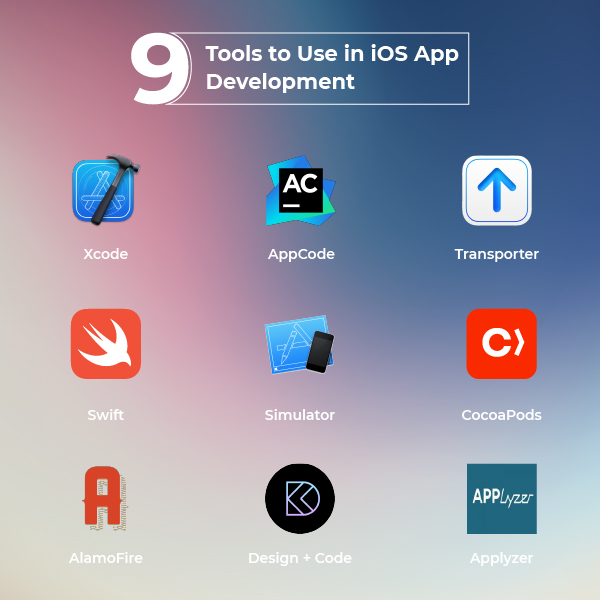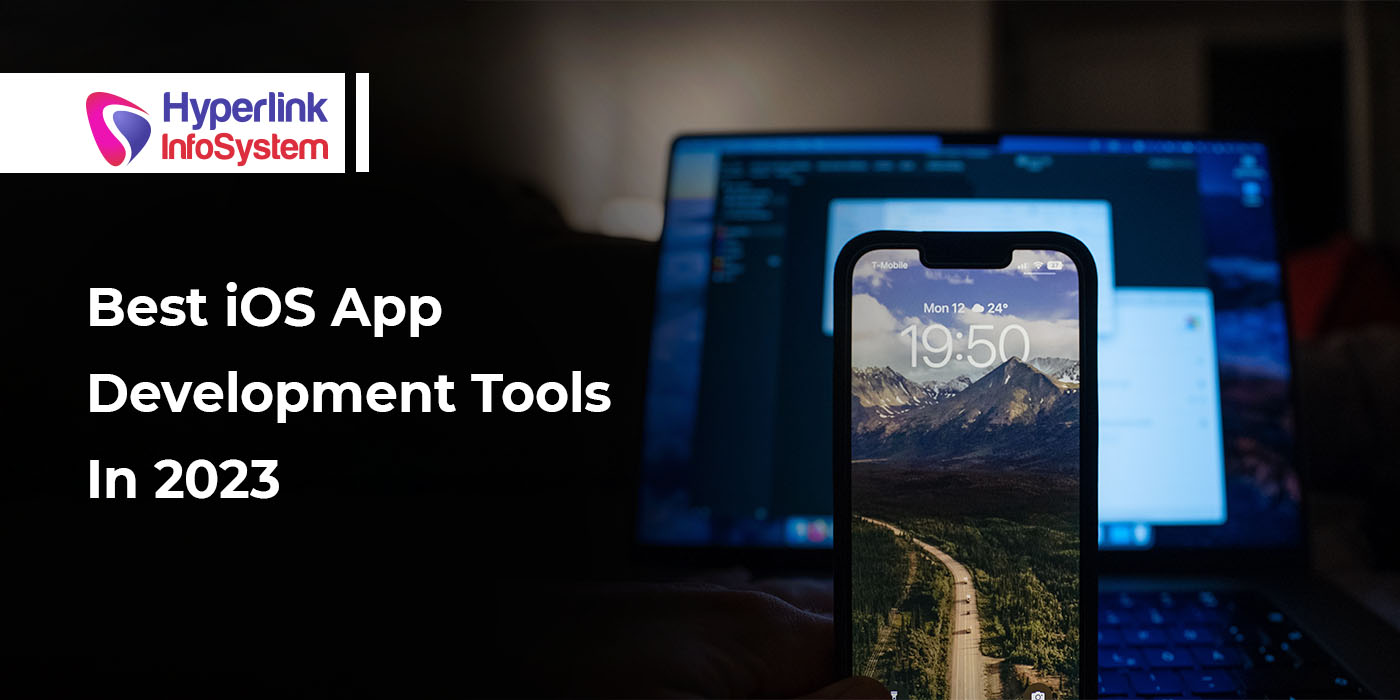In today's cutthroat app development market, businesses of all sizes (startups, small and medium-sized businesses, or established enterprises) look for ways to profit from well-designed and well-crafted apps. The platform for iOS app development is a full set of all necessary and related tools. These tools enable the creation, deployment, and subsequent updating of applications. Its functionalities cover all phases of development, including designing, coding, deployment, integration, testing, etc.
Additionally, because Android and iOS are the two most common mobile operating systems, there is a much greater opportunity to leverage cutting-edge technology and expand the objective scope of development.
For many reasons,
iOS app development is exaggerated. The truth is that it's not as difficult as it might seem to make iOS applications. Making an iOS app requires work akin to that of other programming languages. However, that doesn't mean you shouldn't be familiar with the fundamentals of coding and programming languages.

1) Xcode
When developing apps for iOS devices like Mac, iOS, and Apple Watch, it is the platform of choice for iOS app developers. Apple created the MacOS app Xcode for iOS app development. Apple's brand-new program, Xcode, now makes it possible to create Swift apps for iOS devices. It is the sole method of creating iOS and other Apple OS apps that are officially supported. The text editor, compiler, and build system are components of the Xcode development environment. Xcode provides a wide range of features and advantages for creating iOS apps. Each stage of the engineering process is assisted by the tools provided.
2) AppCode
This code management procedure saves time for developers. JetBrains introduced AppCode, a sophisticated tool built on the IntelliJ IDEA platform. It is compatible with a wide range of programming languages, including Objective-C, Swift, C++, and JavaScript. The goal of the AppCode tool is to quickly identify and fix various coding issues for iOS developers. Your plug-ins can be added to it to expand its capabilities.
3) Transporter
It can direct the distribution of iOS app content through Apple Music, the iTunes Store, the App Store, or Apple Books. Your app and content can be directly uploaded to Apple using the Transporter. It is possible for iOS developers to share files, music, movies, TV shows, books, etc. across various iOS platforms. The user needs to have an iTunes Connect, App Store Connect, or encoding house account in order to enable this process.
4) Swift
iOS app development company, Apple Inc.'s Swift programming language is used to
create native apps that run on both the Apple and Linux operating systems. Swift currently holds the top spots in the global programming language rankings. For instance, Swift was ranked 16th among the top 20 programming languages in the TIOBE Index for July 2021. It has some compelling advanced features and is relatively new compared to languages like C, Java, and C++. Swift aims to make writing and reading code simpler.
5) Simulator
You can run iPhone, iPad, Apple Watch, and Apple TV applications in a window on your Mac by using the simulator. Early-stage testing is one of the best times to use simulator testing when developing your iOS app. It is perfect for quickly testing applications. A simulated device, its software, settings, and files make up the environment for simulation. The early stages of UI/unit testing, as well as mobile app developers who want quicker app feedback and debugging during development, can benefit greatly from simulator testing.
6) CocoaPods
A new tool called CocoaPods makes it simple to incorporate outside libraries into iOS development companies’ software projects. A dependency manager for Cocoa and Cocoa Touch projects, CocoaPods covers the development of macOS, iOS, watchOS, and tvOS. A text file called Podfile aids in the use of CocoaPods. This includes information on the libraries your app needs. Over 3 million apps use CocoaPods, which has over 59 thousand libraries, according to the official website.
7) AlamoFire
A further library that programmers can use to create iOS applications is AlamoFire. On iOS and macOS, this swift-based framework manages and responds to web requests. It is based on the HTTP network and serves as an alternative to Apple's networking stack. AlamoFire is the ideal program for producing Swift iPhone apps. It also includes serialization, network enhancements, authentication services, and many other features in addition to HTTP methods. Additionally, it has JSON parameters that respond to services for network optimization, serialization, and authentication, among other things.
8) Design + Code
The Design+Code tool's goal is to provide iOS app development training videos that will help iOS developers become better learners and produce faster results. As a thorough knowledge-based platform, it enables developers to produce iOS apps that are quicker and more effective. The programmers can bookmark any information they find interesting and use it later. The video content covers a range of iOS app design and development-related topics and techniques, as well as how-to videos for using Xcode, Sketch, and Framer.
Hire iOS app developers to get your job smoothly done.
9) Applyzer
To keep track of where their apps are in the Apple Store, developers can use the iOS tool Applyzer. The Editor tool allows content creators to search for keywords in the app's content. Accessing a list of all previously entered keywords and their results is required for this. By creating an account and integrating your app ID, you can easily track the downloads of your apps from iTunes. Although Applyzer isn't exactly a development tool, app developers, publishers, and investors hold it in high regard.
Conclusion
You now have a list of every significant and popular iOS app development tool. Now that you know how to use the proper development tools, we hope you are ready to start creating iOS apps. Many helpful tools support the development of iOS app, but we've categorized the most important ones here. You can examine these tools and make the best use of each one by optimizing them. Many tools are so adaptable that they can assist you with a variety of tasks.
























